Home>Articles>The Use Of Weather Instruments For Data Collection And Analysis
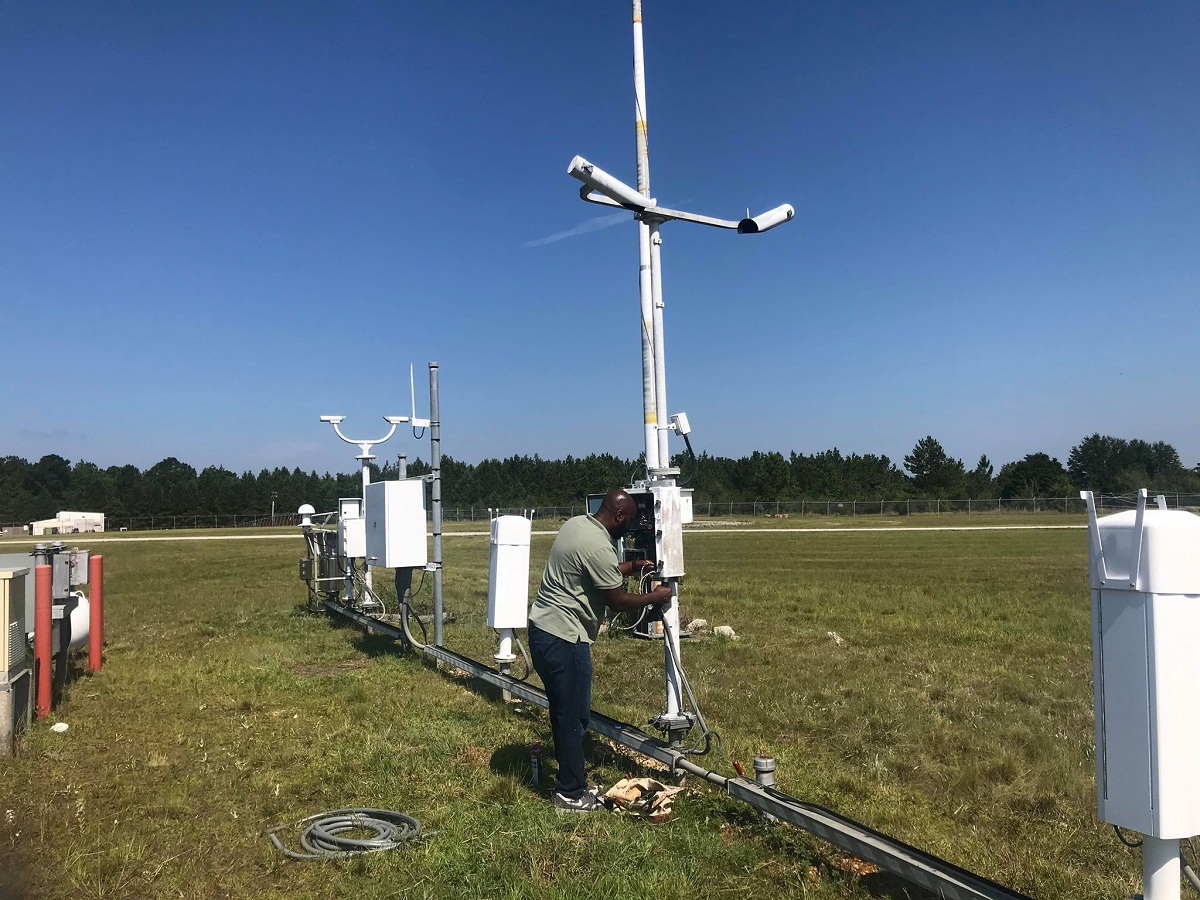

Articles
The Use Of Weather Instruments For Data Collection And Analysis
Modified: February 29, 2024
Learn about weather instruments and their functions. Discover which weather variable is measured by this instrument in our informative article.
(Many of the links in this article redirect to a specific reviewed product. Your purchase of these products through affiliate links helps to generate commission for Storables.com, at no extra cost. Learn more)
Introduction
Weather instruments play a crucial role in understanding and predicting the ever-changing conditions of our atmosphere. These instruments are specifically designed to measure various weather variables that help meteorologists analyze and interpret weather patterns.
In this article, we will explore one specific weather instrument and delve into the weather variable it measures. By understanding the significance of these instruments, we can gain a deeper understanding of the complex dynamics of our planet’s atmosphere and the impact it has on our daily lives.
Weather is an integral part of our daily routines, influencing everything from our choice of clothing to our travel plans. But have you ever wondered how meteorologists obtain the accurate weather data they provide? It all starts with the use of specialized weather instruments.
These instruments are carefully designed and calibrated to measure specific weather variables such as temperature, pressure, humidity, wind speed, precipitation, and more. Each instrument serves a unique purpose and helps paint a comprehensive picture of the atmospheric conditions at any given time.
Throughout history, various weather instruments have been developed to aid in weather forecasting and climatological studies. These advancements have revolutionized our understanding of the weather and allowed us to make more accurate predictions and assessments.
In the following sections, we will focus on one particular weather instrument and explore the weather variable it is designed to measure. By understanding the capabilities of this instrument, we can better appreciate the intricacies of weather monitoring and forecasting. So, let’s dive in and uncover the fascinating world of weather instruments!
Key Takeaways:
- Anemometers measure wind speed, crucial for weather forecasting, aviation safety, renewable energy, agriculture, and environmental monitoring. They provide valuable insights into atmospheric dynamics and climate patterns.
- Weather instruments, like anemometers, are essential for understanding and adapting to our ever-changing environment. They empower us with knowledge to navigate and thrive in a world shaped by the forces of nature.
Read more: What Are The Weather Instrument
Overview of Weather Instruments
Weather instruments are essential tools used to measure and record various atmospheric conditions. They are designed to capture accurate data, allowing meteorologists to monitor and analyze the ever-changing weather patterns. These instruments are categorized based on the weather variables they measure. Let’s take a look at some of the most common types of weather instruments:
1. Thermometers: Thermometers are used to measure temperature. They can be either mercury-based or digital, and they provide precise readings in Celsius or Fahrenheit. Thermometers are widely used in both indoor and outdoor settings to monitor air and water temperatures.
2. Barometers: Barometers are instruments used to measure atmospheric pressure. They provide valuable information about air pressure changes, which can help predict short-term weather patterns. Barometers can be mercury-based or aneroid, with the latter being more commonly used today.
3. Hygrometers: Hygrometers measure humidity levels in the air. They are crucial in determining moisture content and can assist in predicting weather conditions such as rain or fog. Capacitive hygrometers and hair hygrometers are the two most common types used today.
4. Anemometers: Anemometers are used to measure wind speed. They come in various designs, including cup, propeller, and sonic anemometers. This information helps in assessing wind patterns, which is crucial for activities such as aviation, agriculture, and weather forecasting.
5. Rain Gauges: Rain gauges, also known as pluviometers, are used to measure the amount of rainfall over a specific period. They can be as simple as a graduated cylinder or as complex as an automated tipping bucket rain gauge. Accurate measurements of rainfall are vital for hydrological studies and understanding climate patterns.
6. Weather Vanes: Weather vanes, also known as wind vanes, are used to determine wind direction. They typically have an arrow-shaped design that points in the direction from which the wind is coming. Weather vanes provide crucial information for interpreting weather patterns and are often seen atop rooftops or weather observation stations.
7. Weather Stations: Weather stations are comprehensive setups that house multiple weather instruments. They collect data on temperature, pressure, humidity, wind speed, and other important weather variables. Weather stations can be manual or automated, allowing for real-time monitoring and data collection.
These are just a few examples of the wide range of weather instruments available. Each instrument serves a vital role in capturing accurate data, which is essential for weather forecasting, climate studies, and understanding our environment.
In the next section, we will focus on describing and exploring one specific weather instrument and the weather variable it measures in more detail. Join us as we uncover the fascinating workings of these instruments that allow us to comprehend our atmospheric conditions better.
Description of the Weather Instrument
One of the most commonly used weather instruments is the anemometer. This instrument is designed to measure wind speed, providing valuable information about the movement and intensity of air currents in the atmosphere.
An anemometer typically consists of three or four cups placed at equal intervals on a horizontal axis. The cups are balanced to ensure that wind pressure causes them to rotate. As the cups rotate, they are connected to a central shaft, which is connected to a mechanism that records the number of rotations or revolutions per unit of time.
The cups of an anemometer are carefully designed to minimize disturbances caused by wind direction changes, ensuring accurate measurement of wind speed. The shape and size of the cups, as well as the materials used, are considered in the design to optimize performance.
In addition to cup anemometers, there are other types of anemometers, such as propeller anemometers and sonic anemometers. Propeller anemometers consist of a small propeller attached to a shaft. When wind blows, the propeller rotates, and the rotational speed is measured to determine wind speed.
Sonic anemometers, on the other hand, use ultrasonic sound waves to calculate wind speed. This type of anemometer measures the difference in time it takes for sound waves to travel between multiple transducers in different directions. By analyzing the travel times of these ultrasonic waves, accurate wind speed and direction information can be obtained.
Anemometers can be found in various locations, including weather stations, airports, research facilities, and even in personal weather monitoring devices. They provide real-time data on wind speed, which is crucial for activities such as aviation, agriculture, climate studies, and weather forecasting.
Modern anemometers may also include additional features, such as data logging capabilities, wireless connectivity, and integration with weather monitoring systems. This allows for seamless data collection and analysis, ensuring accurate and up-to-date information about wind patterns.
It is important to note that anemometers are often used in conjunction with other weather instruments to obtain a comprehensive understanding of atmospheric conditions. Wind speed is just one factor in assessing weather patterns, and the combination of multiple variables provides a more accurate representation of the overall weather conditions.
In the next section, we will explore the weather variable that an anemometer measures in more detail. Join us as we unravel the importance of wind speed in understanding and predicting weather phenomena.
This is a barometer, used to measure air pressure. A falling barometric pressure indicates stormy weather, while rising pressure indicates fair weather.
Explanation of the Weather Variable Measured
The weather variable measured by an anemometer is wind speed. Wind speed refers to the rate at which air molecules move horizontally through the atmosphere. It is an essential component in understanding and predicting various weather phenomena.
Wind speed is typically measured in units such as meters per second (m/s), miles per hour (mph), or knots (nautical miles per hour). The information obtained from an anemometer provides valuable insights into the intensity and strength of air currents.
Understanding wind speed is crucial for a wide range of applications. Here are a few key reasons why measuring wind speed is vital:
1. Weather Forecasting: Wind speed is one of the fundamental parameters used in weather forecasting models. Changes in wind speed can indicate the arrival of weather systems, such as storms, frontal boundaries, or high-pressure systems. By monitoring wind speed, meteorologists can make more accurate predictions about upcoming weather conditions.
2. Aviation: Knowing the wind speed is crucial for safe aviation operations. Pilots rely on wind speed information to calculate flight plans, adjust aircraft speed and direction, and anticipate turbulent weather conditions. Accurate wind speed data helps ensure smooth and efficient air travel.
3. Renewable Energy: Wind speed is a critical factor in wind energy production. The speed and consistency of wind play a significant role in determining the viability and efficiency of wind turbines. Understanding wind patterns allows for the optimal placement and design of wind farms, maximizing the generation of clean and renewable energy.
4. Agriculture: Wind speed affects various agricultural practices. For example, wind speed impacts the dispersal of pollen for crop pollination. It also influences the effectiveness of spraying pesticides and fertilizers, as well as the spread of diseases and pests. Monitoring wind speed helps farmers make informed decisions about crop management.
5. Environmental Monitoring: Wind speed plays a role in dispersing pollutants, gases, and particles in the atmosphere. It affects air quality, the dispersion of airborne contaminants, and the transportation of atmospheric pollutants over long distances. Accurate wind speed measurements contribute to effective environmental monitoring and pollution management.
6. Climate Studies: Wind speed data is essential for understanding climate patterns and long-term climate trends. Changes in wind speed can indicate shifts in atmospheric circulation patterns, which can have far-reaching consequences for regional and global climate systems.
Anemometers provide real-time measurements of wind speed, allowing meteorologists, researchers, and various industries to gather valuable data for analysis and decision-making. By understanding wind speed, we can gain insights into the dynamic nature of our atmosphere and its impact on various aspects of our daily lives.
As we conclude this article, we hope that we have shed light on the importance of weather instruments, specifically anemometers, in measuring wind speed. These instruments provide a deeper understanding of weather patterns, helping us prepare for and adapt to the ever-changing conditions of our environment.
Conclusion
Weather instruments are the backbone of meteorology, providing valuable data on various atmospheric conditions. In this article, we explored the world of weather instruments, focusing on the anemometer, a crucial tool used to measure wind speed.
We learned that anemometers come in different types, such as cup anemometers, propeller anemometers, and sonic anemometers. These instruments capture accurate measurements of wind speed, which is essential for understanding and predicting weather phenomena.
The wind speed data obtained from anemometers serves a wide range of applications. From weather forecasting and aviation operations to renewable energy production and environmental monitoring, wind speed plays a crucial role in decision-making processes across various sectors.
By monitoring wind speed, meteorologists can anticipate the arrival of weather systems, pilots can plan safe flight paths, wind energy producers can optimize turbine performance, farmers can manage crop health, and scientists can study climate patterns.
The accuracy and reliability of anemometers contribute to our understanding of the dynamic nature of our atmosphere, allowing us to adapt to and mitigate the impacts of weather and climate-related events.
Weather instruments like the anemometer are constantly evolving, with advancements in technology leading to more efficient and sophisticated designs. These advancements enable enhanced data collection, analysis, and integration into weather monitoring systems, providing us with real-time and accurate weather information.
As we navigate a world influenced by changing weather patterns, climate change, and increasing demands for climate resilience, the role of weather instruments becomes more critical than ever. They are essential tools in our pursuit of understanding and adapting to our ever-changing environment.
In conclusion, weather instruments, including the anemometer, provide invaluable data that helps us unravel the mysteries of the atmosphere. By measuring wind speed, we gain insights into weather patterns, make informed decisions, and take proactive measures to ensure our safety, productivity, and sustainability.
So the next time you see an anemometer or any other weather instrument, remember the important role it plays in our lives. These instruments empower us with knowledge, allowing us to navigate and thrive in a world shaped by the forces of nature.
Frequently Asked Questions about The Use Of Weather Instruments For Data Collection And Analysis
Was this page helpful?
At Storables.com, we guarantee accurate and reliable information. Our content, validated by Expert Board Contributors, is crafted following stringent Editorial Policies. We're committed to providing you with well-researched, expert-backed insights for all your informational needs.
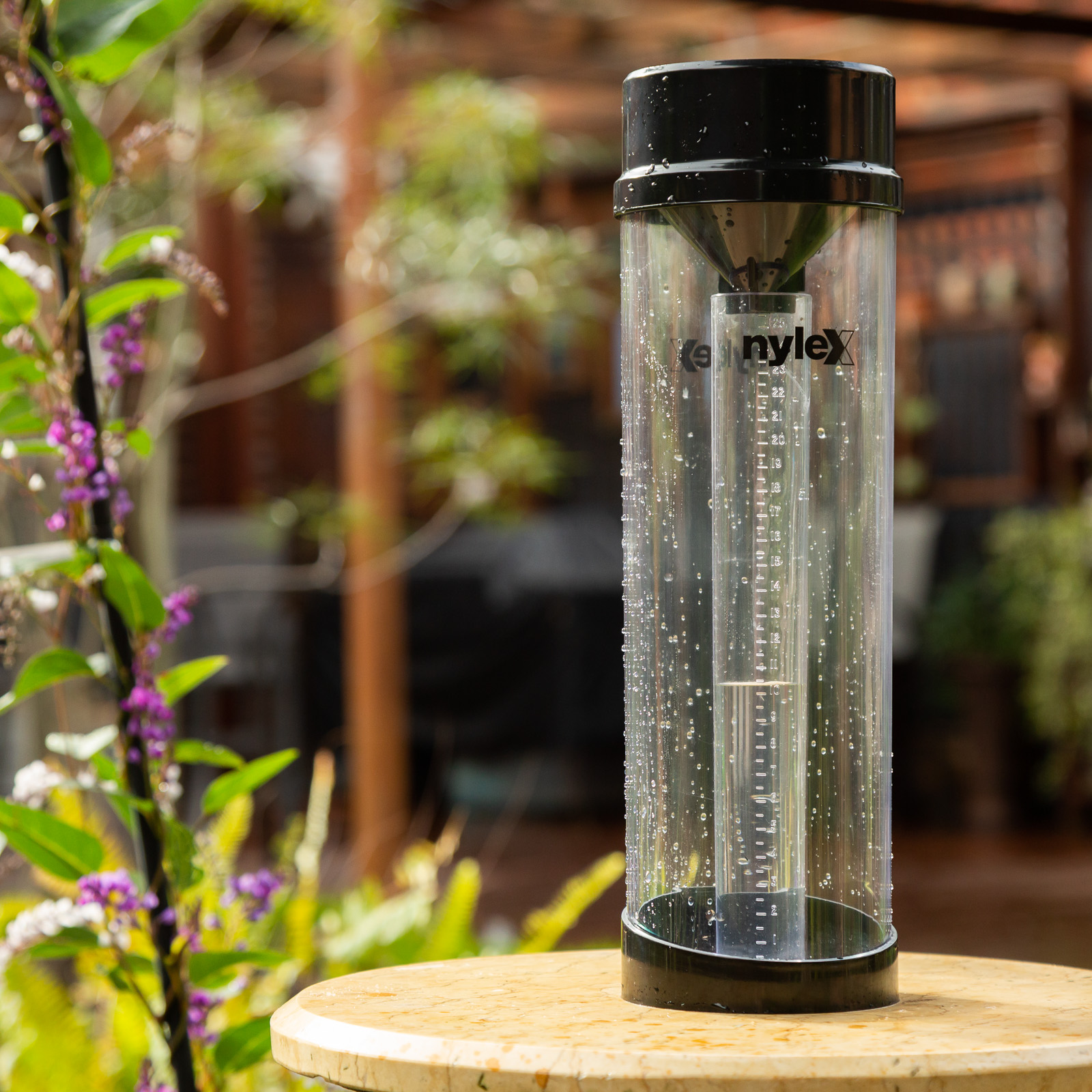

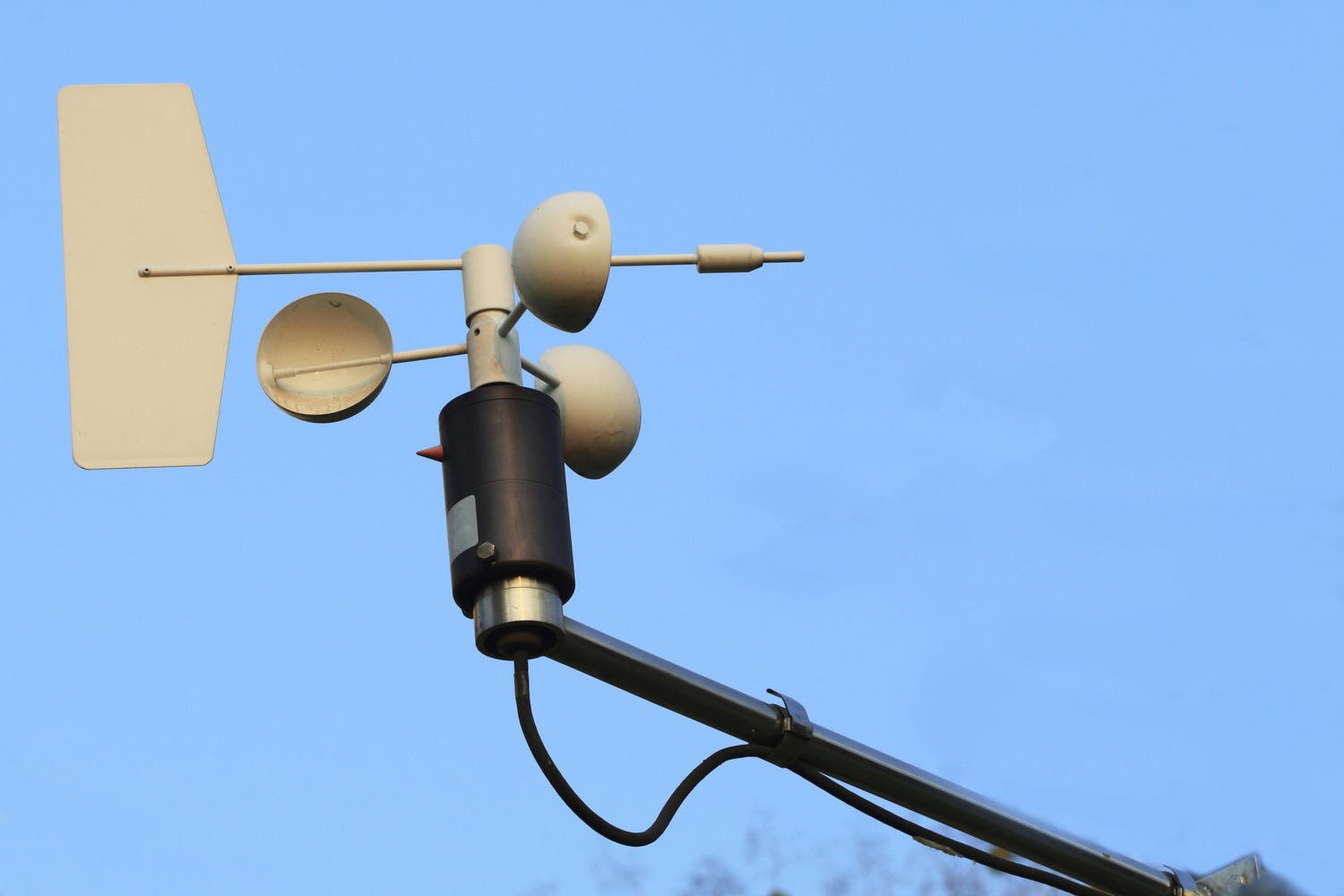
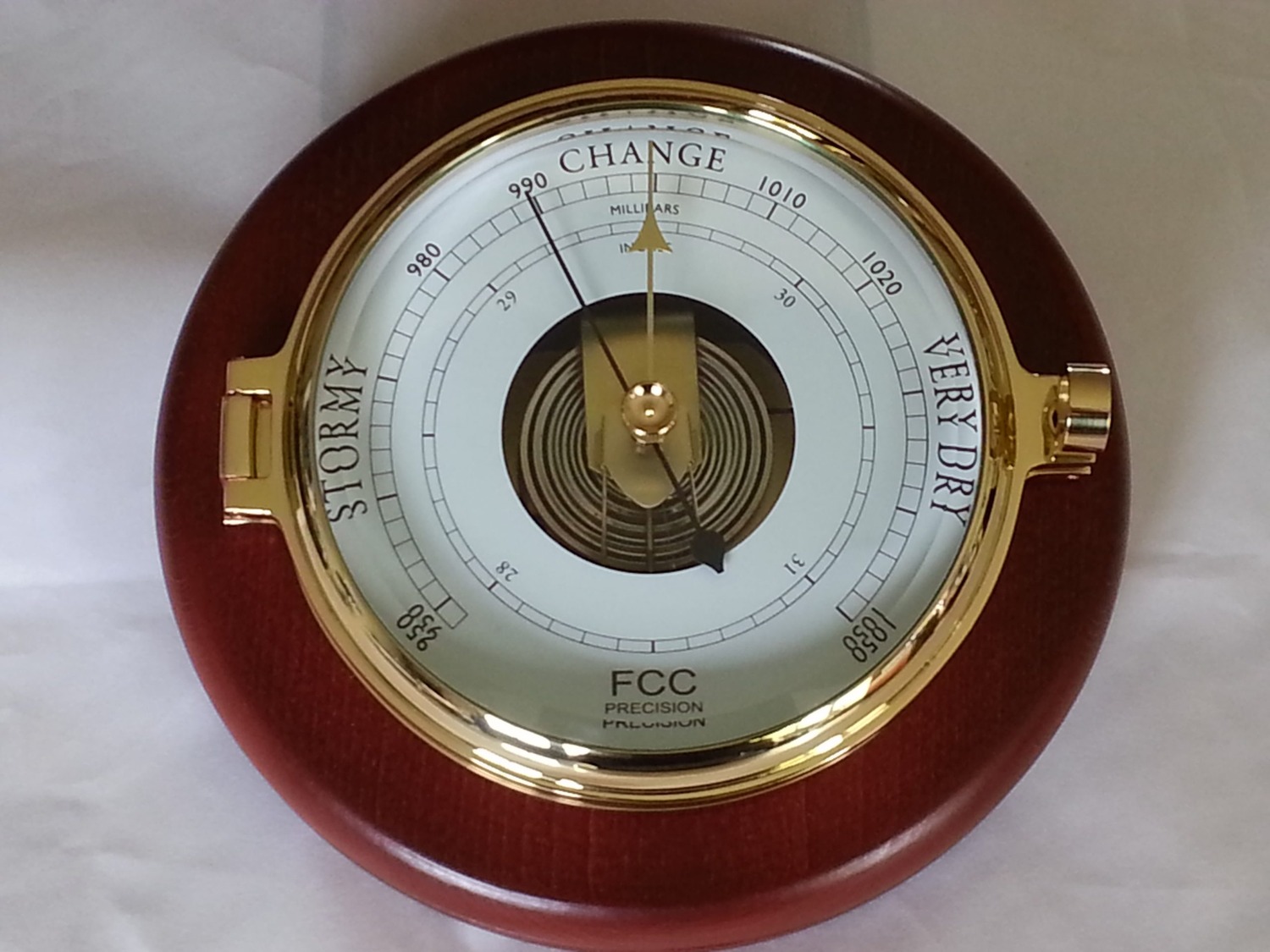
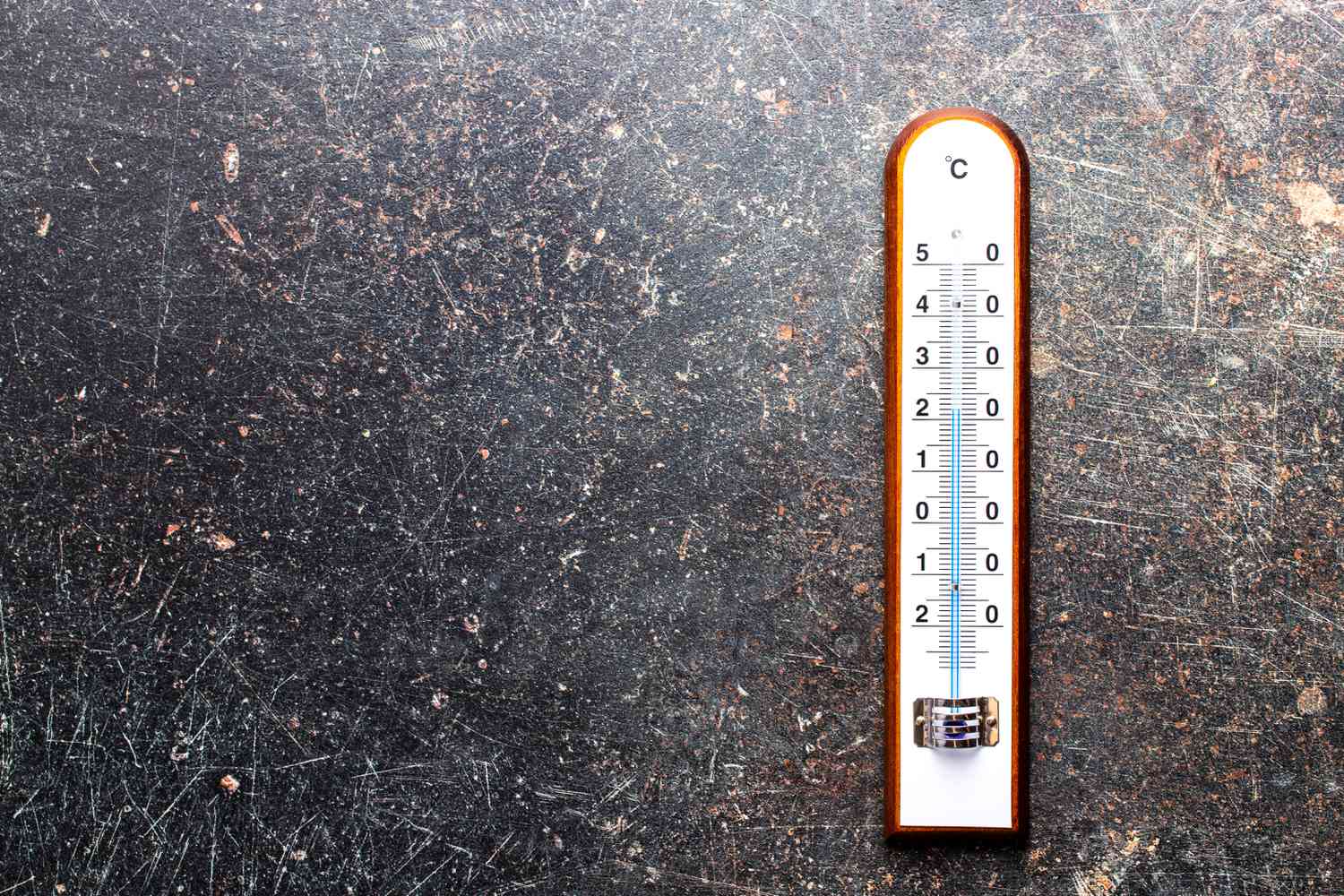
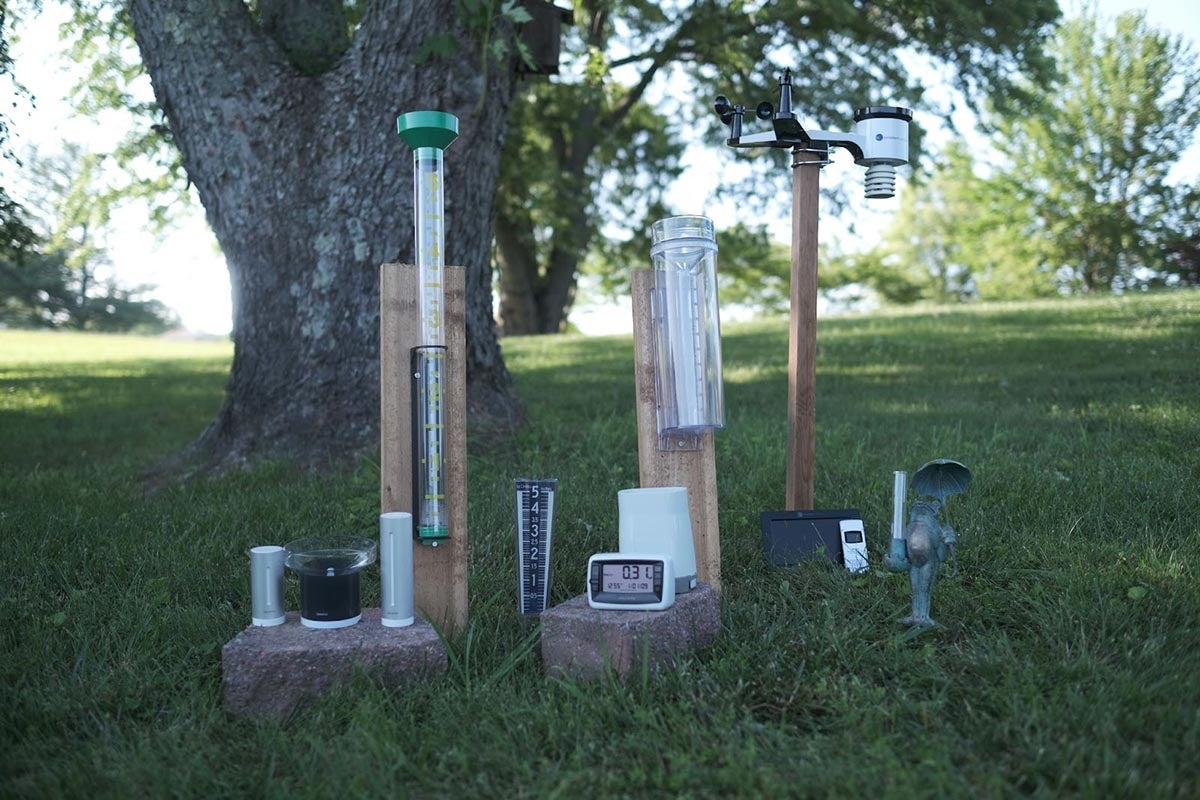
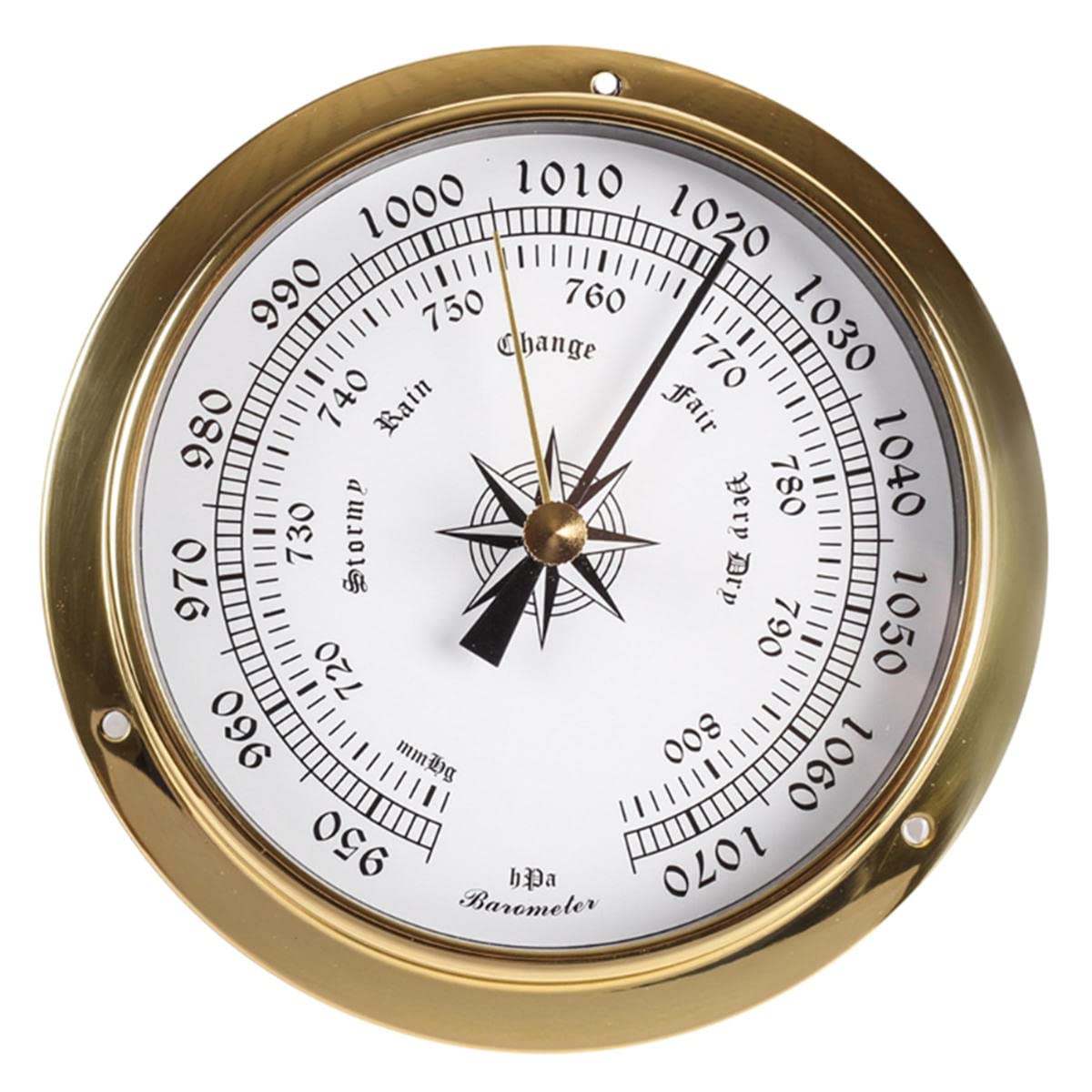
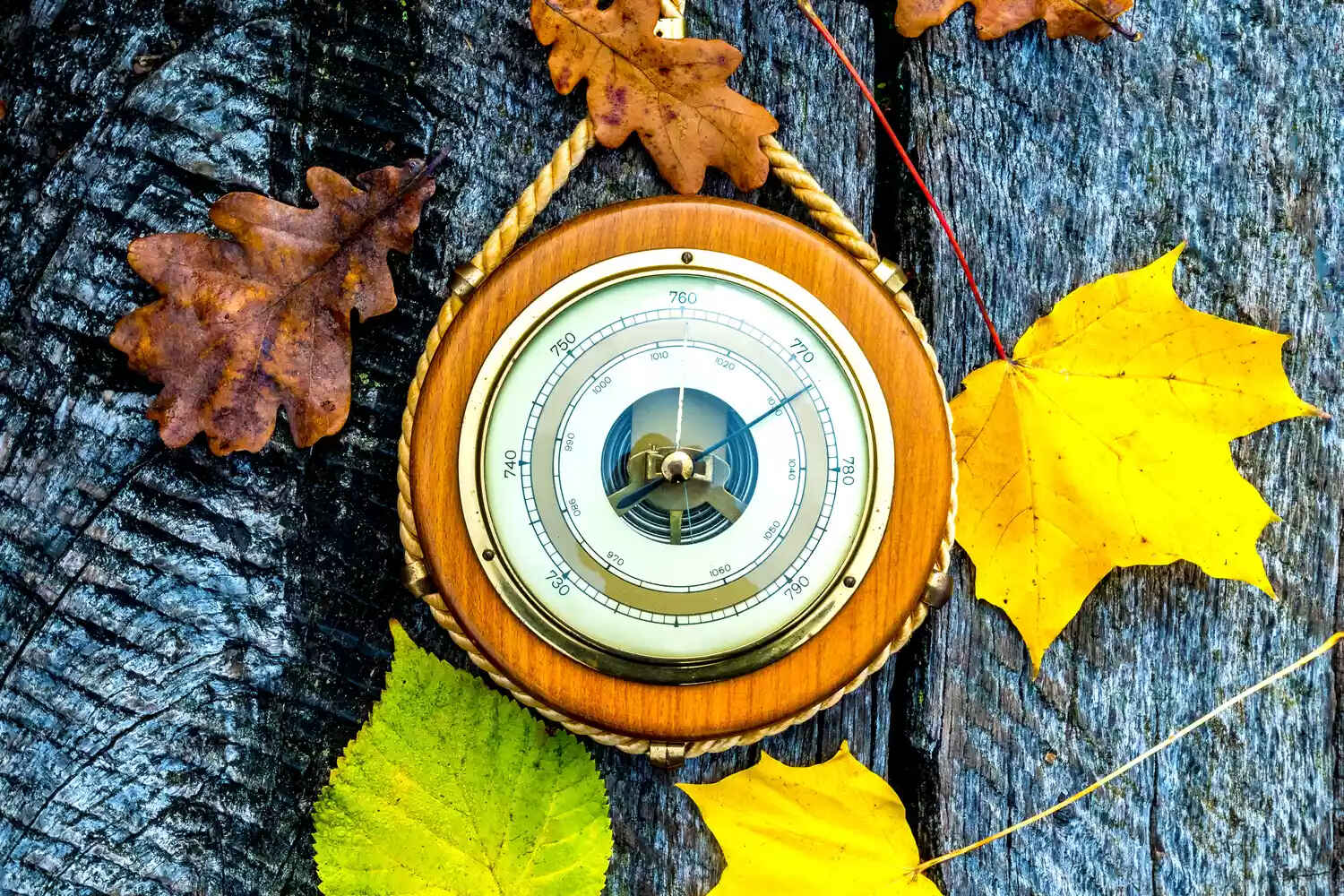
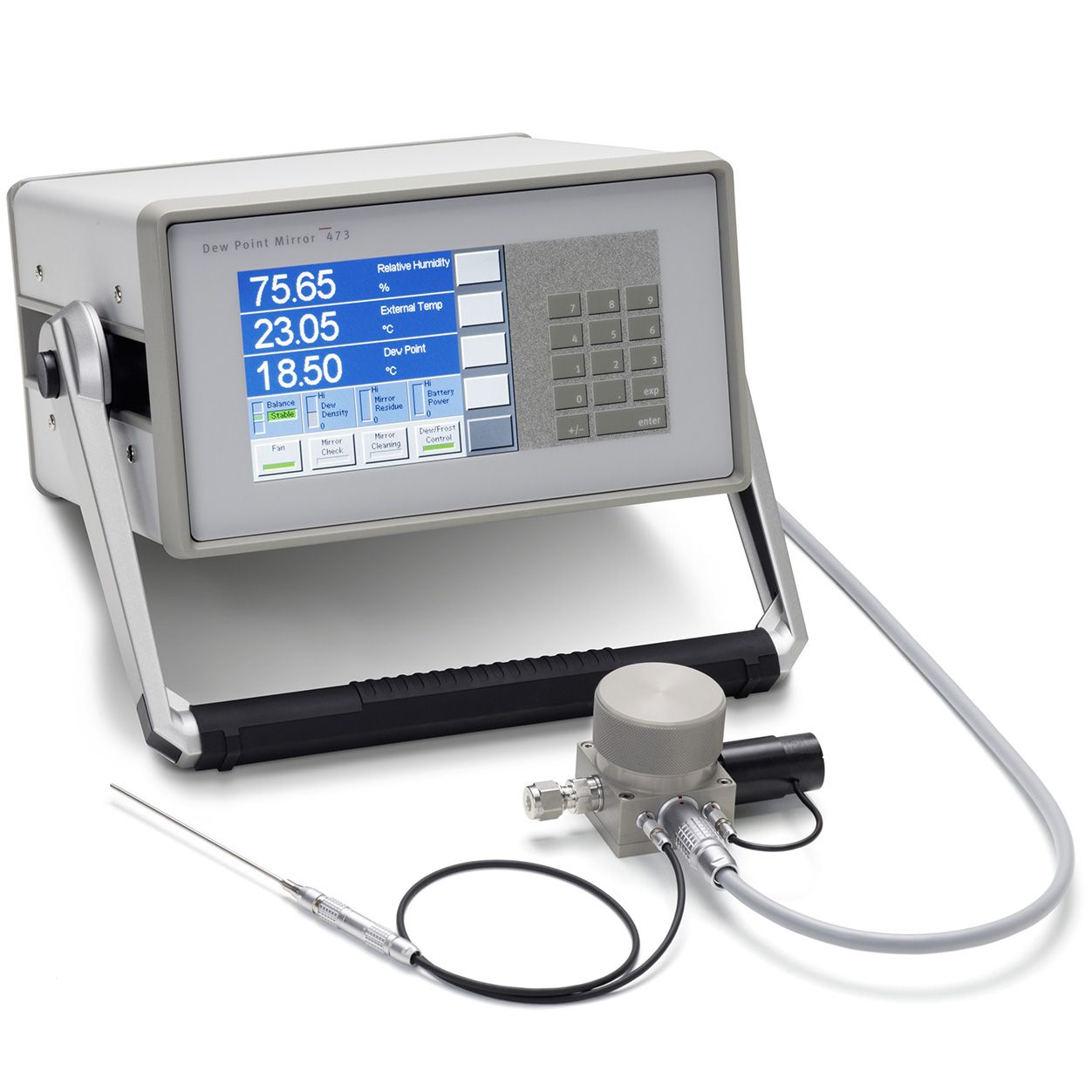
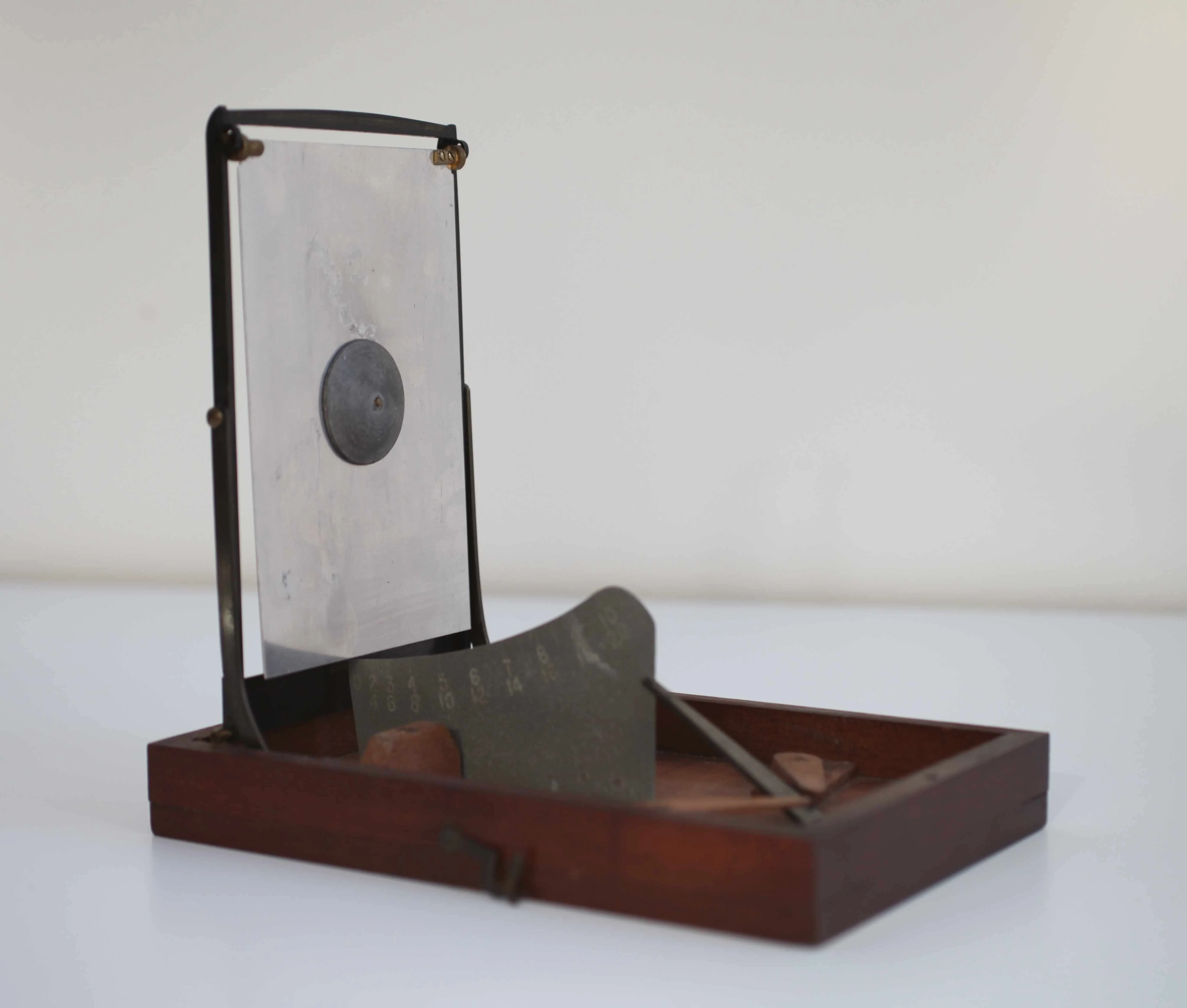
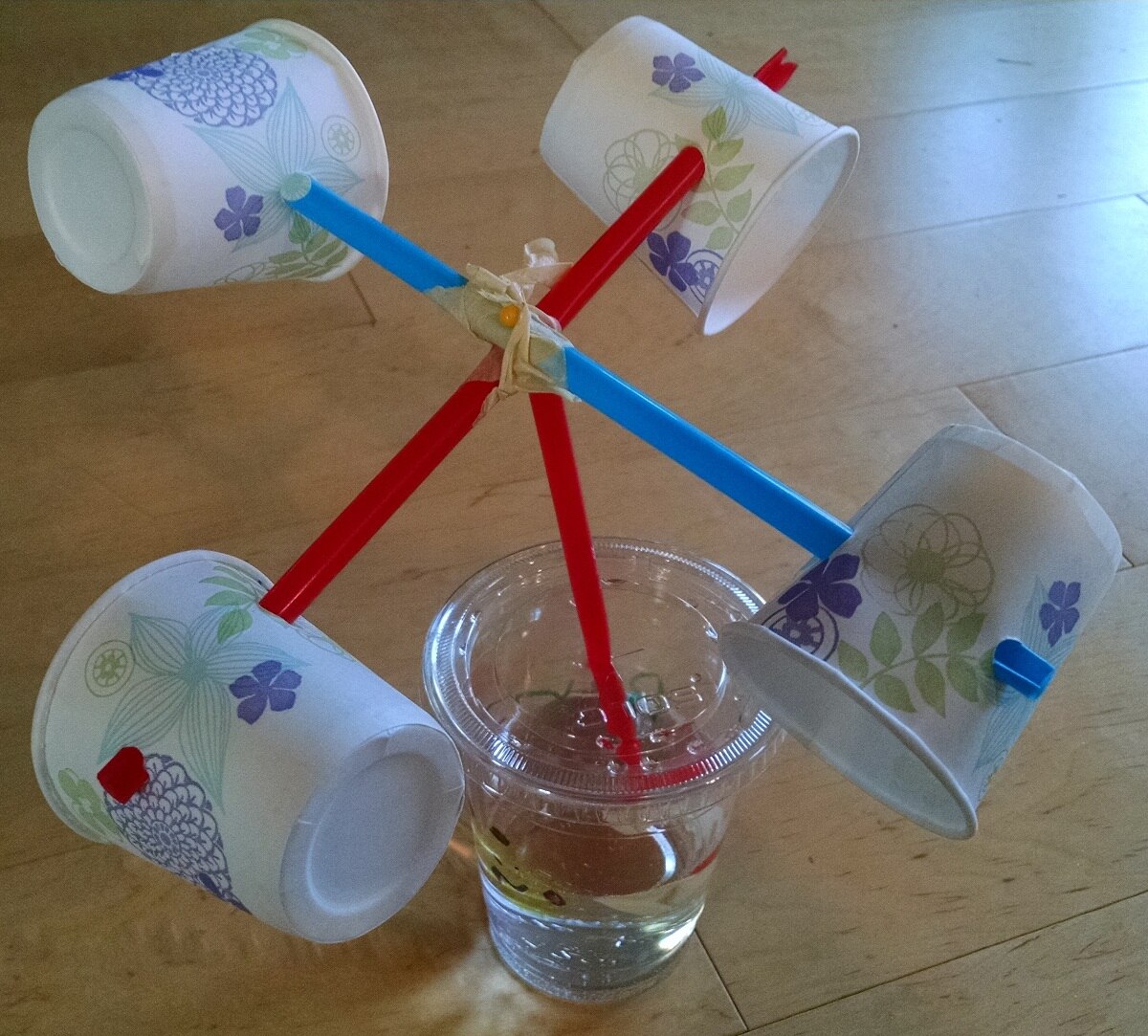
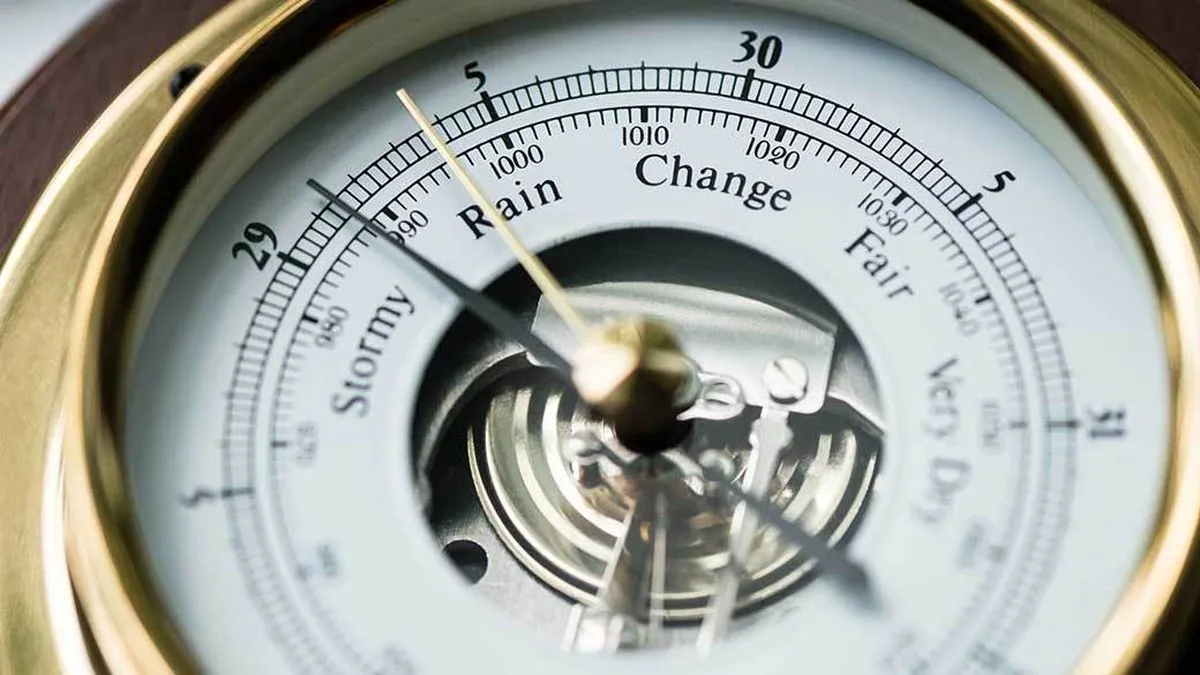
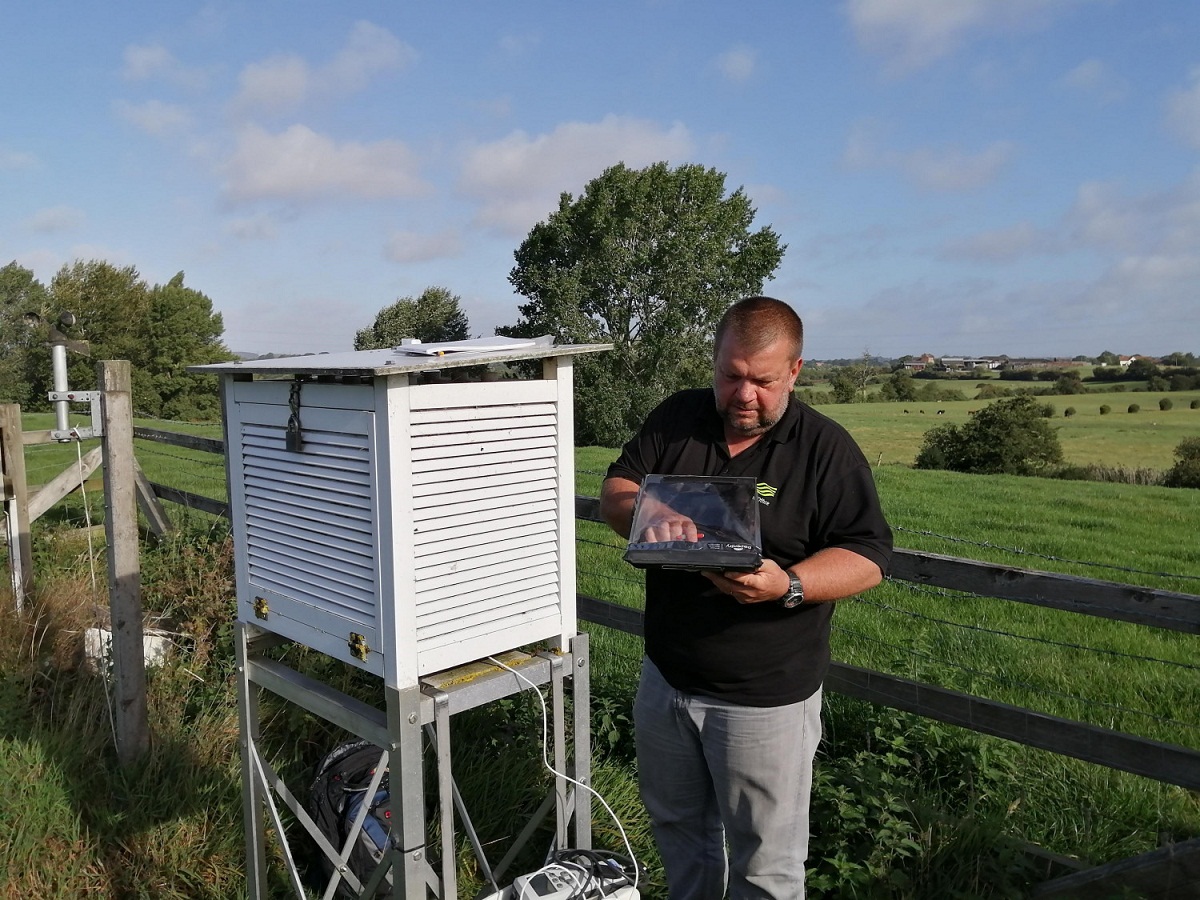
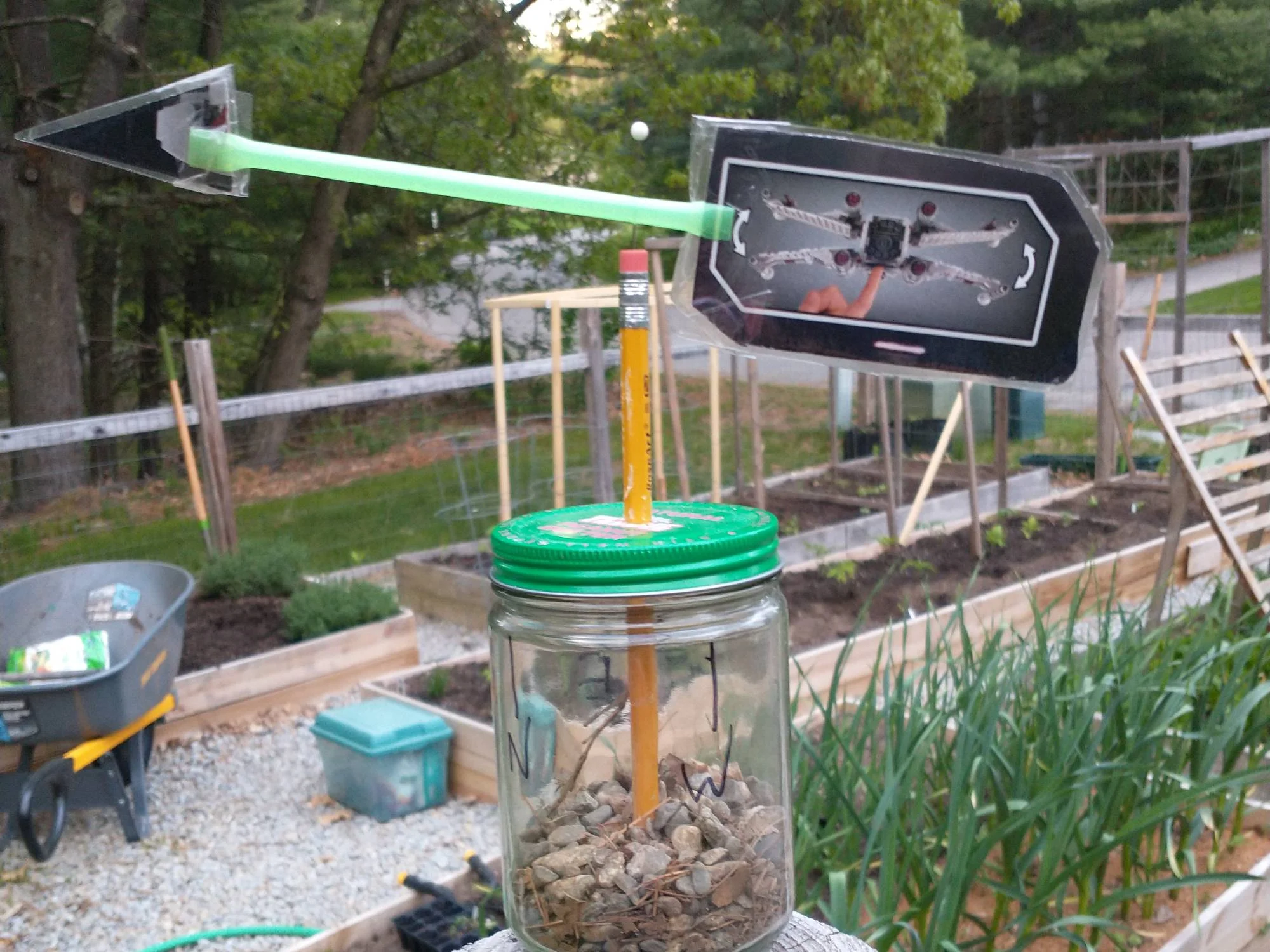
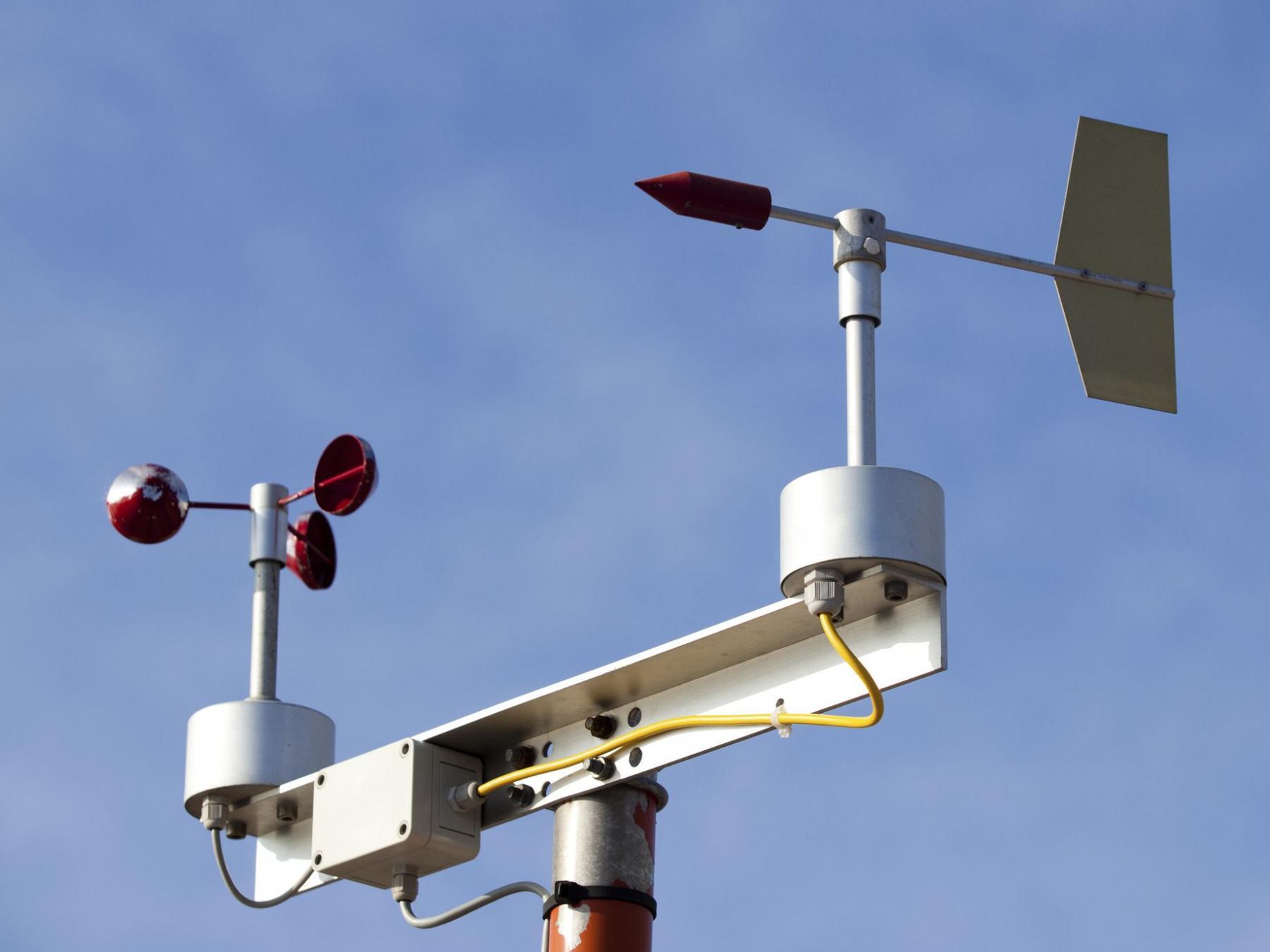

0 thoughts on “The Use Of Weather Instruments For Data Collection And Analysis”